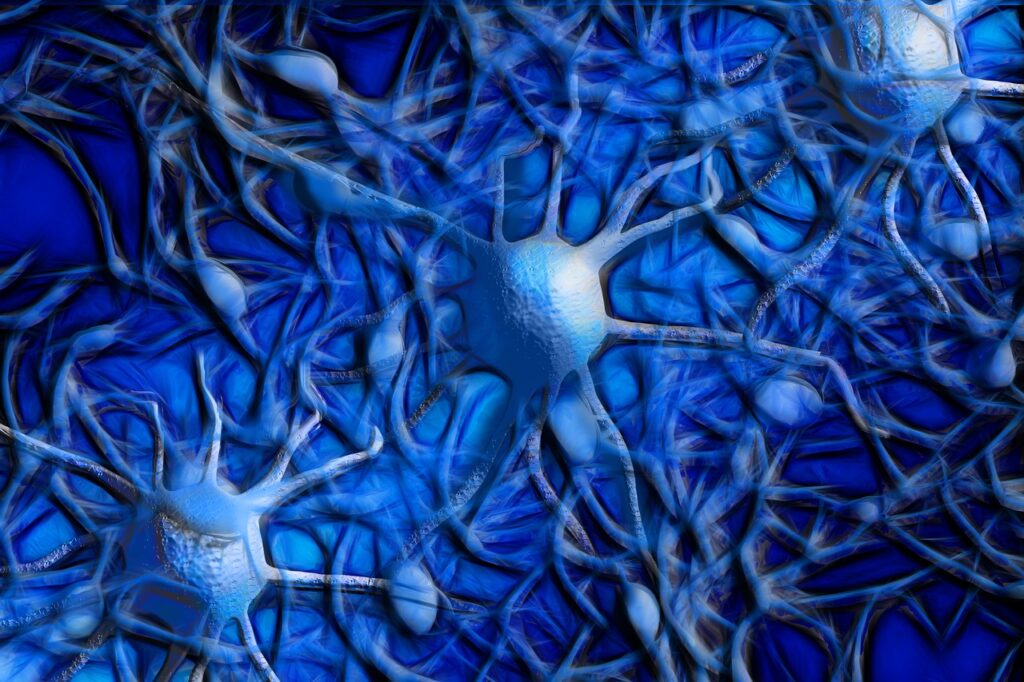Exploring Marijuana for Chronic Pain Relief: Benefits, Science, and Patient Experiences
Did you know that, according to a survey by the National Pain Foundation, over 60% of patients with chronic pain who tried cannabis said it was more effective than their prescribed medications? Now, imagine if you could manage your relentless pain, improve your quality of life, and potentially reduce your reliance on pharmaceutical drugs. Marijuana might just offer that opportunity.
Understanding Chronic Pain
Before diving into the potential benefits of marijuana, it’s essential for you to grasp what chronic pain entails, how it impacts daily life, and why it’s such a significant health issue. Chronic pain, classified under pain classification, is not just a physical sensation but a holistic experience that affects your emotional and mental wellbeing.
Broadly, pain is classified into two types: acute pain, which is short-term and typically results from an injury or illness, and chronic pain, which persists for more than three months, often even after the injury has healed. The latter is what we are focusing on.
Chronic pain can be debilitating, hindering your ability to work, enjoy leisure activities, and even perform simple daily tasks. This is where pain management techniques come into play. These techniques aim to reduce pain and improve quality of life. They range from physical therapy and medications to cognitive-behavioral techniques. However, not all techniques work for everyone, and they often come with side effects.
Understanding chronic pain, its classification, and the available pain management techniques is the first step in exploring alternative treatments, such as marijuana. This foundational knowledge will help you appreciate why researchers and patients alike are interested in cannabis as a potential solution.
The Science Behind Marijuana
Let’s explore the science behind marijuana, as it’s important to understand how this plant can potentially alleviate chronic pain. Marijuana’s therapeutic applications are attributed to its active ingredients, known as cannabinoid compounds. These compounds are biologically active and interact with specific receptors in your body, particularly in the nervous system.
There are over 100 cannabinoid compounds in marijuana, but the two most significant are THC (tetrahydrocannabinol) and CBD (cannabidiol). THC is typically active compound that produces the ‘high’ typically associated with marijuana use. However, it also possesses potent analgesic properties. On the other hand, CBD isn’t psychoactive, but it serves several medicinal purposes, including anti-inflammatory, anti-anxiety, and anti-seizure effects.
Extensive research is ongoing into the therapeutic applications of these compounds, and preliminary results suggest potential benefits for a wide range of health issues, including chronic pain. In fact, some studies indicate that cannabinoids can modulate pain signals and create an analgesic effect.
As you can see, marijuana’s potential for pain relief is grounded in intricate science. However, the intricate balance between therapeutic benefits and potential risks underlines the necessity for careful regulation and thoughtful application.

How Marijuana Relieves Pain
Understanding how marijuana alleviates pain involves looking into the complex interactions between its cannabinoid compounds and your body’s pain receptors. There’s a chemical synergy at play. The cannabinoids in marijuana, specifically THC and CBD, latch onto specific receptors in your brain and immune system, known as CB1 and CB2 receptors. This interaction results in a reduction in the sensation of pain.
Now, let’s talk about Cannabinoid Delivery Methods. You can smoke, vaporize, ingest, or apply marijuana topically, and each method impacts how quickly and effectively the cannabinoids work. Smoking or vaporizing offers immediate relief, while ingestion takes longer but offers prolonged effects. Topical applications may be beneficial for localized pain.
Strain Differences are also vital. Some strains of marijuana are higher in CBD, while others have more THC. CBD is known for its pain-relieving and anti-inflammatory properties, whereas THC is more associated with pain relief and sedation. Your choice of strain can significantly impact your pain relief experience. Understandably, choosing the right strain and delivery method can make a substantial difference in your pain management strategy.
Patient Testimonials and Case Studies
Now that we’ve explored the science behind how marijuana works and the importance of selecting the right strain and delivery method, it’s crucial to examine real-life experiences, focusing on patient testimonials and case studies. Testimonial authenticity is paramount here, as it provides a direct insight into the experiences of individuals who’ve used this form of treatment for chronic pain.
You’ll find a plethora of testimonials online, some documenting significant reductions in pain levels, others highlighting improvements in quality of life, and some even stating a complete cessation of pain. However, it’s vital to scrutinize these testimonials for authenticity. Look for detailed accounts, consistency in experiences, and corroborative evidence where possible.
Moving onto case study analysis, these provide a more structured and scientific examination of patient experiences. Case studies usually involve detailed patient histories, treatment plans, and outcomes, providing a wealth of data to assess the effectiveness of marijuana in managing chronic pain. However, interpreting these studies requires a critical eye. Consider the sample size, methodology, and whether the findings are statistically significant.
Potential Side Effects and Risks
Despite the potential benefits of marijuana for chronic pain, you must also consider the possible side effects and risks associated with its use. Addiction concerns are one of the significant risks. While marijuana doesn’t carry the same risk of addiction as recreational use, it’s essential to acknowledge that it can still lead to psychological dependence. This means that you could feel a need to use marijuana to function normally, which could interfere with your everyday life.
Moreover, withdrawal symptoms can occur if you stop using marijuana abruptly. These can include irritability, trouble sleeping, decreased appetite, and restlessness. While these symptoms are usually mild, they can be uncomfortable and may impact your quality of life.
Marijuana can also interact with other medications you’re taking, which could lead to adverse effects. It’s vital to discuss your medication regimen with your healthcare provider before starting marijuana.
